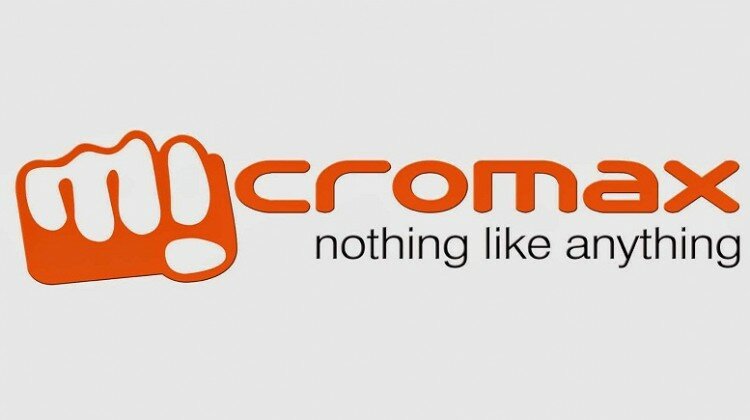
In addition to it, Micromax will also focus on building services which can be used by the customers across its different platforms seamlessly such as smartphones, TVs and wearable devices in order to ensure customer engagement and brand loyalty. The new operating system is expected to power future handsets that company rolls out in the market as well as other range of electronic goods including tablets, wearable devices and television sets.
We’d like to know from our readers what name would they suggest for the upcoming Micromax OS.
In an interview to Economics Times, Vikas Jain, co-founder of Micromax stated that the first smartphone based on the new OS will hit the market by the end of this financial year.
Micromax has already experimented with the use of Cyanogen OS, an Android spin-off, in its Yu sub-brand of smartphones, but perhaps feels that it can achieve better results by bringing software development in house. The technical details will be available in due course of time.
Owning the complete hardware and software ecosystems pays in the long run as is evident from the success story of Apple. Home-brewed manufacturer Micromax queued after Xiaomi and Samsung to build its OS.
OnePlus, the Chinese startup company had a bitter experience with Cyanogen, the makers of Cyanogenmod firmware and chose to roll out their own OS called ‘Oxygen OS’.
It is logical for OEM to have their in-house operating system because it gives them more control over the outcomes.
Reports to be believed, the company’s software team in Bengaluru is developing a forked android OS version which will take advantage of Google’s open source platform.
The smartphone battleground is diverting to another direction, as most of the major competitors are trying their strategies to stay at the top in rankings.